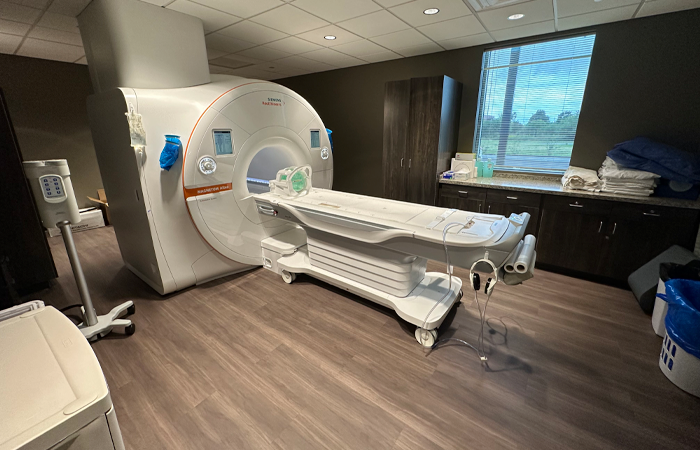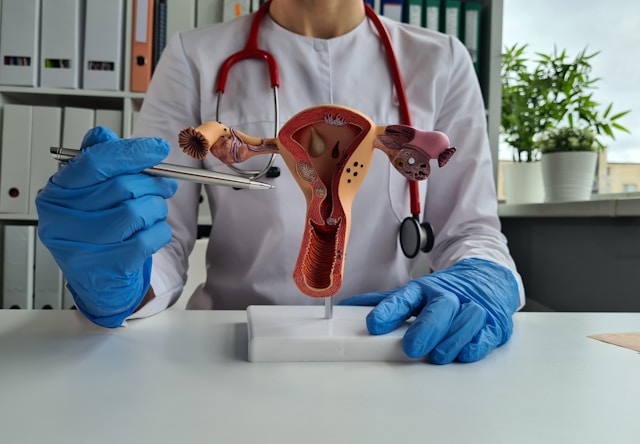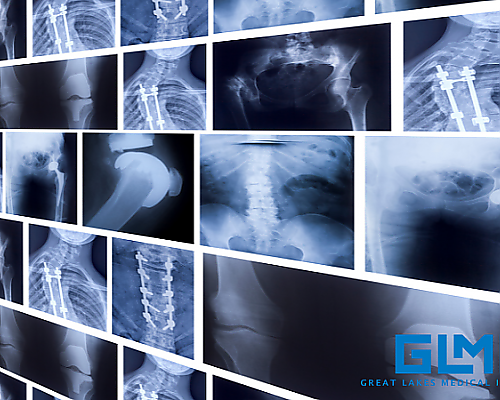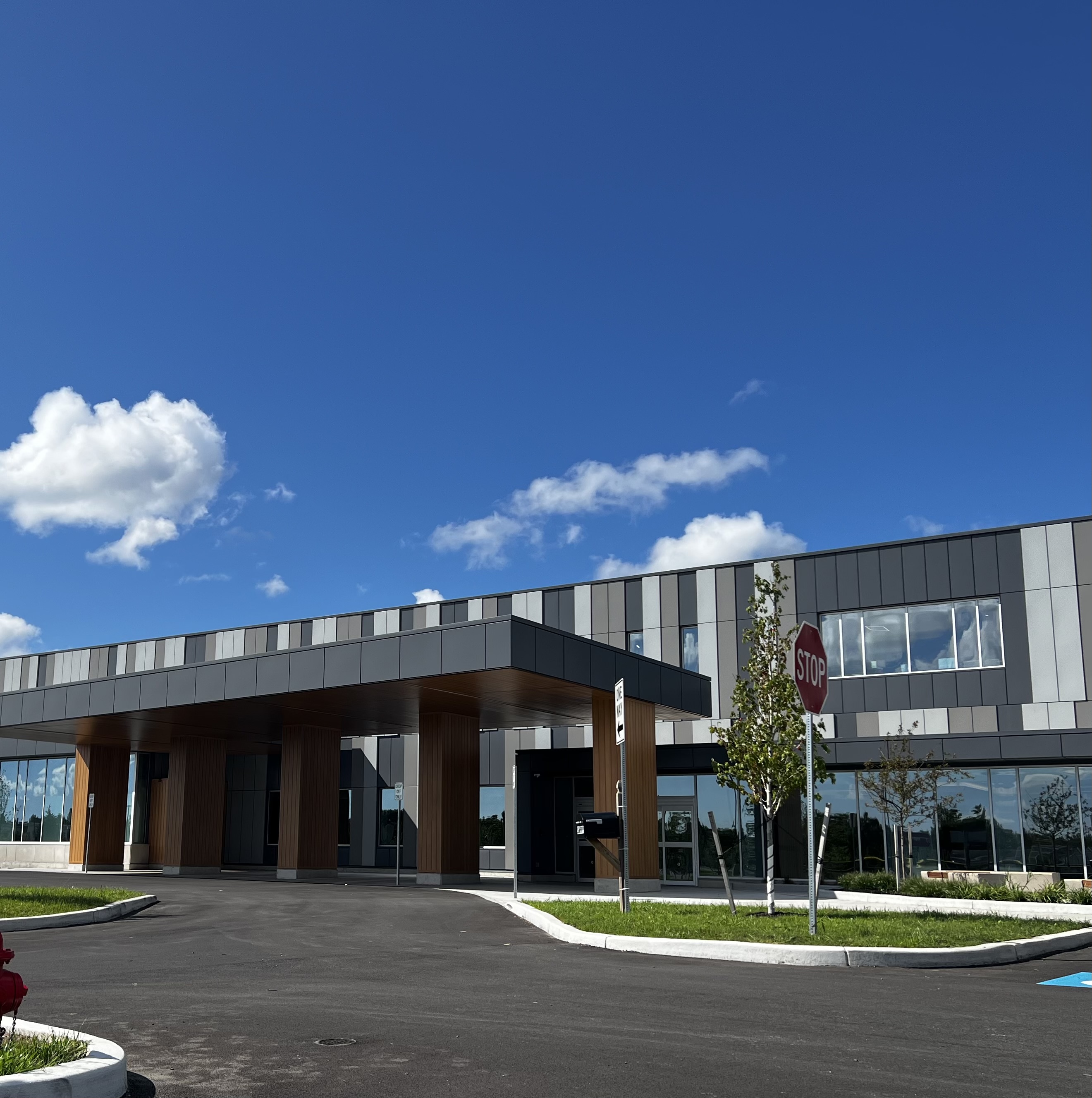Our Blog
How Technological Advancements Are Transforming Medical Diagnostics Today

In an era defined by rapid technological evolution, the field of medical diagnostics is witnessing unprecedented growth and transformation. From artificial intelligence (AI) and machine learning to portable imaging devices, these advancements are reshaping how diseases are detected, diagnosed, and managed.
Great Lakes Medical Imaging (GLMI) in Buffalo, NY, stands at the forefront of integrating these innovations across its facilities, including locations in Williamsville, Cheektowaga, Orchard Park, and Niagara, to offer patients the most cutting-edge diagnostic services. This article explores the technological leaps that are revolutionizing medical diagnostics today.
Artificial Intelligence and Machine Learning
AI and machine learning are leading the charge in transforming medical diagnostics. These technologies enhance the analysis of complex medical images, allowing for more accurate and faster diagnosis. AI algorithms can detect patterns and anomalies within imaging data that might be invisible to the human eye, aiding in the early detection of conditions such as cancer, neurological diseases, and cardiovascular issues. By integrating AI into diagnostic processes, facilities like GLMI are not only improving the precision of diagnostics but also significantly reducing the time between screening and diagnosis.
Portable and Wearable Diagnostic Devices
The advent of portable and wearable diagnostic technology marks a significant shift towards more accessible and patient-centric care. These devices enable continuous monitoring of vital signs, blood glucose levels, and even cardiac rhythms outside of traditional clinical settings, offering a real-time window into a patient's health. This mobility is crucial for patients in remote areas or those who cannot frequently visit medical facilities, ensuring they receive timely care and intervention.
Telemedicine and Remote Diagnostics
Telemedicine has emerged as a critical component of modern healthcare, particularly highlighted by the recent global health crisis. It facilitates remote consultations and diagnostics, connecting patients with specialists regardless of geographical barriers. Telemedicine platforms incorporate secure data transmission, video conferencing, and remote monitoring tools, allowing doctors to make informed decisions and provide expert advice from afar. For regions like Western New York, telemedicine expands the reach of specialized diagnostic services to a wider patient base.
3D Printing in Custom Prosthetics and Organ Modeling
3D printing technology is revolutionizing personalized medicine, particularly in creating custom prosthetics and anatomical models for surgical planning. This innovation enables healthcare professionals to design and produce implants and prosthetic limbs tailored to the individual's specific anatomy, improving the fit and function. Furthermore, 3D-printed organ models derived from patients' imaging data allow surgeons to plan and practice complex procedures, reducing surgical risks and improving outcomes.
Next-Generation Sequencing (NGS)
NGS technologies have dramatically advanced genetic testing and molecular diagnostics, enabling the comprehensive analysis of genetic information at unprecedented speed and cost-effectiveness. This granularity facilitates the early detection of genetic disorders, informs targeted cancer therapies, and contributes to personalized medicine approaches. By understanding a patient's genetic predisposition to certain diseases, clinicians can tailor preventive strategies and treatments to each individual's genetic makeup.
The Impact of Technological Advancements in Diagnostics
These technological advancements are not just transforming diagnostic methodologies but are also enhancing patient experiences by making diagnostic procedures less invasive, more accurate, and faster. They empower healthcare providers with deeper insights into patient health, enabling early intervention and more effective treatment plans. At GLMI, the adoption of these technologies across our locations in Williamsville, Cheektowaga, Orchard Park, and Niagara exemplifies our commitment to providing state-of-the-art diagnostic services to the Western New York community.
Medical Imaging in Western New York
The future of medical diagnostics is here, driven by technological innovations that promise to elevate patient care to new heights. As we continue to embrace and integrate these advancements, facilities like Great Lakes Medical Imaging are not just participants in this transformation; they are leading the way, ensuring that patients in Buffalo, NY, and beyond have access to the best that modern medicine has to offer.
Disclaimer: This blog article is for general informational purposes only and should not be construed as professional medical advice. Always seek the advice of your physician or other qualified health provider with any questions you may have regarding a medical condition.
‹ Back









